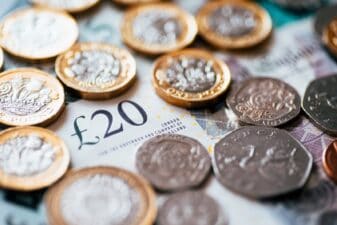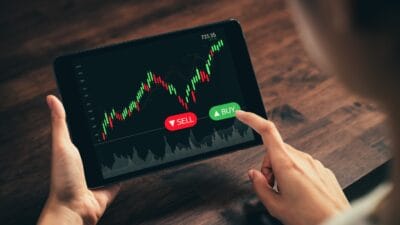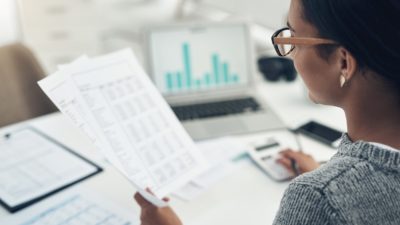Aviva (LSE: AV) shares are trading around their highest level since May 2018. This follows a 25% rise from their 16 April 12-month low of £4.49.
Such strength in its share price is a relatively new experience for me. I bought the stock a while back for its 7%+ dividend – the minimum requirement for my passive income-oriented holdings. During much of that time, Aviva struggled to break and hold above the key £5 level.
A stock’s yield is inversely related to its price, given the same annual dividend. So this lack of share price gains did not bother me, as I was still receiving a 7%+ annual yield.
Now that the share price has risen to such an extent, the yearly dividend return for new investors is down to 6.4%. That said, the overall return is now much higher, as it factors in the stock price jump.
The question for me now is whether to buy more shares around the current price. Essentially, this boils down to whether there is any value left in the stock. If there is not then it may fall in price, leaving me with a slightly higher yield but a much bigger share price loss.
How does the stock valuation look now?
Price and value are not the same thing. And being able to spot the difference between the two is where big consistent profits are found, in my experience.
Despite its price rise this year, Aviva still only trades at a price-to-earnings ratio of 23.4 This is cheap compared to the average 36.6 of its peer group of insurance and investment firms.
The same is true of its 1.8 price-to-book ratio against a 3.8 competitor group average. And it also looks cheap on its 0.7 price-to-sales ratio compared to its peer average of 1.8.
I ran a discounted cash flow analysis to ascertain where Aviva’s price should be, based on future cash flows.
This shows the stock is still 40% undervalued at its current £5.60 price. Therefore, the fair value for the shares is £9.33, although market forces might move them lower or higher than that.
A risk to realising fair value is the cut-throat competition in its business sector, which may squeeze its profit margins.
That said, analysts forecast Aviva’s earnings will increase 14.5% each year to the end of 2027. And it is this that drives a firm’s share price (and dividend) higher over time.
Moreover, its 2024 results released on 27 February showed operating profit rise 20% to £1.767bn. It now projects this to increase to £2bn by 2026.
What about the yield?
Analysts forecast Aviva’s dividends will increase to 37.6p in 2025, 40.3p in 2026, and 43p in 2027. These would generate respective yields of 6.7%, 7.2% — back above my minimum requirement — and 7.7%.
Consequently, I intend to buy another £5,000 of Aviva shares very shortly. On an average 6.4% yield using ‘dividend compounding’ to turbocharge my returns I would make £4,466 in dividends after 10 years, not £3,200. And after 30 years on the same basis, the dividends would be £28,931 rather than £9,600!
At that point, my new £5,000 Aviva shares could be worth £33,931. This could be paying me £2,172 a year in passive income.








